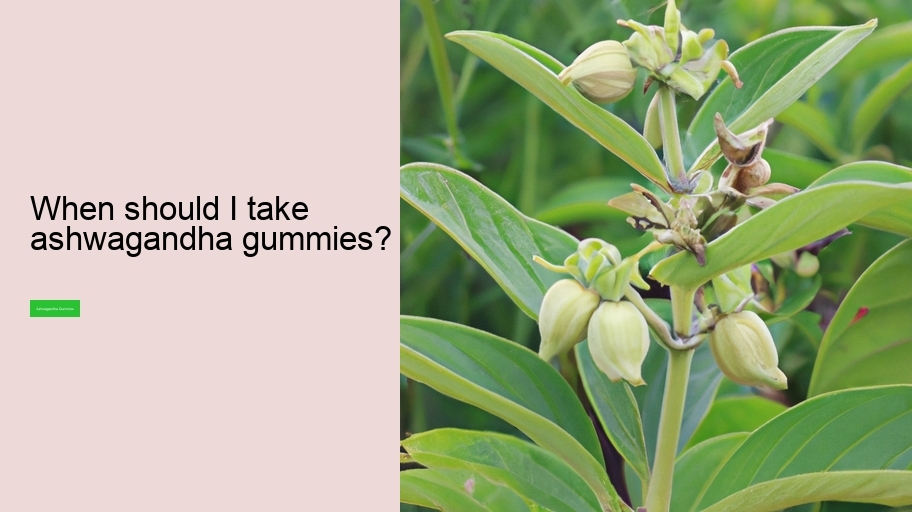How Long Should I Take A Break From Ashwagandha
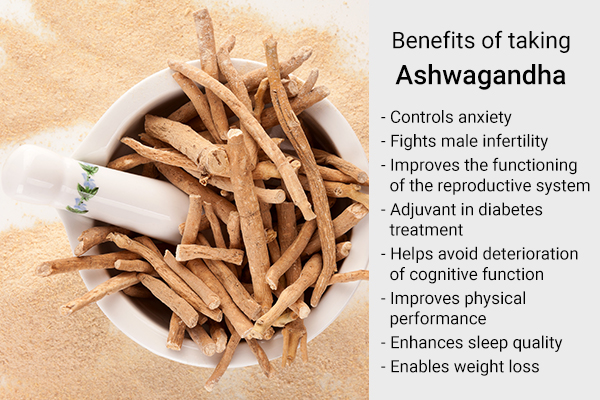
Ashwagandha, an ancient medicinal herb central to Ayurvedic medicine, has surged in popularity as a natural remedy for stress, anxiety, and fatigue. However, like any supplement, the question of cycling or taking breaks from ashwagandha is gaining traction as more people incorporate it into their wellness routines.
Understanding the optimal duration for ashwagandha supplementation and when to take a break is crucial for maximizing benefits while minimizing potential side effects. This article explores expert opinions, available research, and practical considerations to guide individuals in making informed decisions about their ashwagandha use.
The Rise of Ashwagandha and the Need for Guidance
Ashwagandha, scientifically known as Withania somnifera, is an adaptogen that has been used for centuries in traditional Indian medicine. Its purported benefits include reducing stress, improving sleep, boosting cognitive function, and enhancing physical performance.
The growing demand for natural health solutions has led to a widespread increase in ashwagandha consumption. Yet, despite its popularity, comprehensive guidelines on long-term usage and the need for breaks are still evolving.
Expert Opinions on Cycling Ashwagandha
The question of whether to cycle ashwagandha, meaning to take it for a period and then take a break, is a subject of debate among health professionals. Some experts recommend cycling to prevent the body from adapting to the herb and potentially diminishing its effects over time.
Dr. Brenda Powell, a registered dietitian and herbalist, suggests that continuous use of ashwagandha might lead to a plateau in its effectiveness. "The body can become accustomed to certain supplements, which might reduce their impact," she explains. She advises considering a break after consistent use.
Suggested Cycles and Break Durations
While there's no one-size-fits-all answer, a common recommendation is to take ashwagandha for 6 to 12 weeks, followed by a break of 2 to 4 weeks. This approach allows the body to "reset" and potentially regain its sensitivity to the herb.
Another approach is to use ashwagandha only when needed, such as during periods of high stress or physical exertion. This on-demand usage pattern might reduce the likelihood of adaptation and the need for prolonged breaks.
Scientific Evidence and Research Findings
Current research on ashwagandha provides insights into its potential benefits and safety, but long-term studies specifically addressing cycling are limited. Several studies have shown ashwagandha to be effective in reducing stress and anxiety over periods ranging from a few weeks to a few months.
For example, a study published in the Journal of Alternative and Complementary Medicine found that ashwagandha supplementation significantly reduced stress levels in participants over a 60-day period. However, the study did not investigate the effects of long-term use or cycling.
The lack of extensive research on cycling ashwagandha highlights the need for more investigations. Future studies should focus on the long-term effects of different usage patterns and the potential benefits of taking breaks.
Potential Side Effects and Precautions
Ashwagandha is generally considered safe for most people when taken in recommended doses. However, some individuals may experience side effects such as digestive upset, nausea, or drowsiness.
In rare cases, high doses of ashwagandha have been linked to liver problems. Individuals with pre-existing liver conditions should exercise caution and consult with a healthcare professional before taking ashwagandha.
Pregnant and breastfeeding women should avoid ashwagandha due to a lack of safety data. Additionally, individuals with autoimmune diseases should use ashwagandha with caution, as it may stimulate the immune system.
Individual Considerations and Personalized Approaches
The optimal duration of ashwagandha supplementation and the need for breaks can vary based on individual factors. These factors include age, health status, lifestyle, and the specific reason for taking ashwagandha.
It's crucial to listen to your body and pay attention to how you feel while taking ashwagandha. If you notice a decline in its effectiveness or experience any adverse effects, consider taking a break or adjusting your dosage.
Consulting with a qualified healthcare professional, such as a doctor, registered dietitian, or herbalist, can provide personalized guidance. They can assess your individual needs and help you develop a safe and effective ashwagandha regimen.
Real-World Experiences and Anecdotal Evidence
While scientific research is essential, anecdotal evidence from individuals who have used ashwagandha can also provide valuable insights. Many users report positive experiences with ashwagandha, including reduced stress, improved sleep, and increased energy levels.
However, it's important to approach anecdotal evidence with caution, as individual experiences can vary widely. What works for one person may not work for another.
Sarah Miller, a yoga instructor, shared her experience: "I take ashwagandha for three months at a time, then take a month off. I find it helps me manage stress and sleep better, but I do feel like it becomes less effective if I take it continuously."
Conclusion: Balancing Benefits and Precautions
Determining how long to take a break from ashwagandha requires a balanced approach that considers expert opinions, scientific evidence, individual needs, and potential side effects. While cycling may help prevent adaptation and maintain effectiveness, the optimal duration and break length can vary.
Always prioritize your health and safety by consulting with a healthcare professional before starting any new supplement regimen. By making informed decisions, you can harness the potential benefits of ashwagandha while minimizing risks.
The key is to listen to your body, monitor your response, and adjust your approach as needed. Ashwagandha can be a valuable tool in your wellness journey, but responsible and informed usage is paramount.


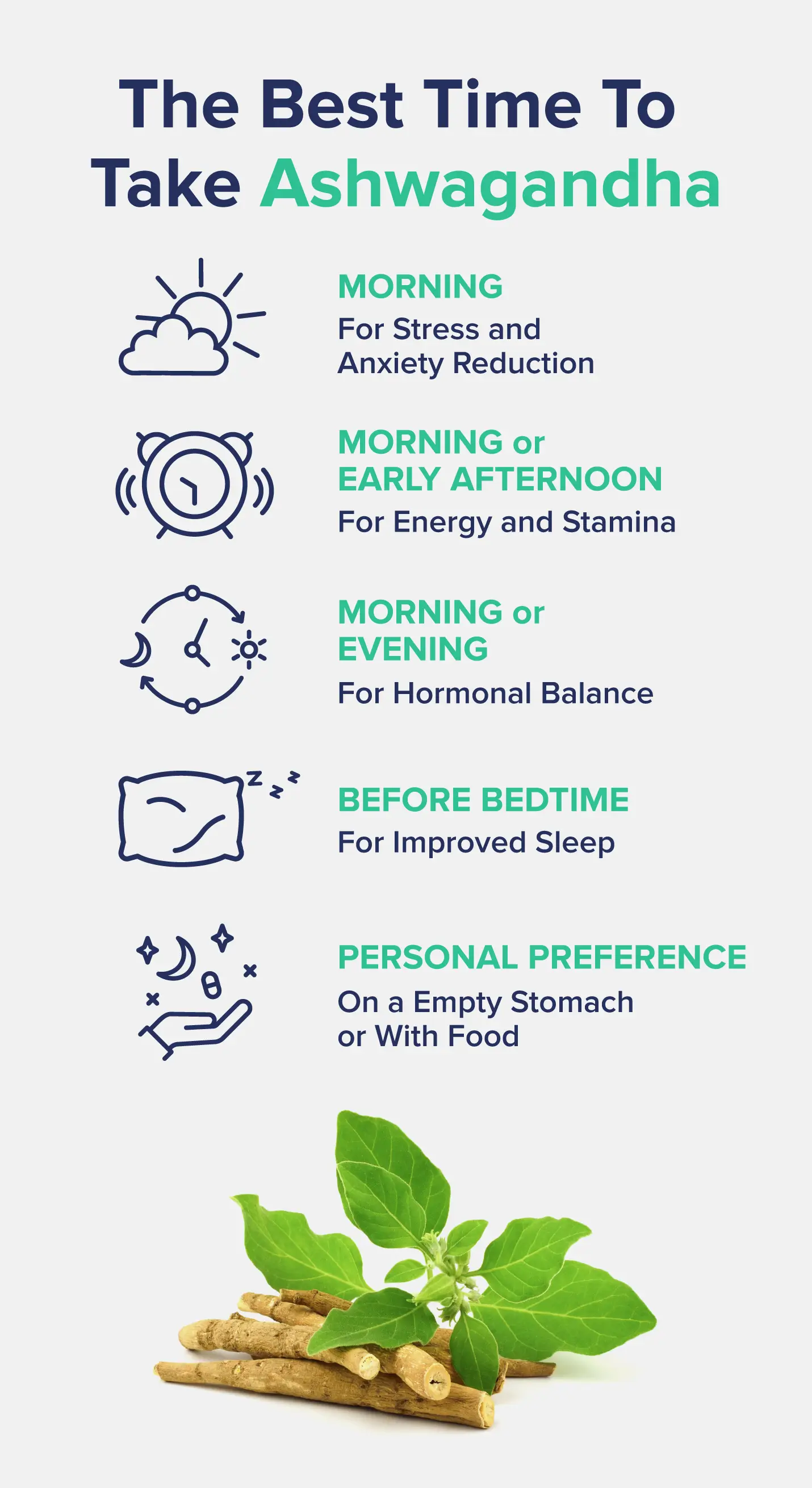



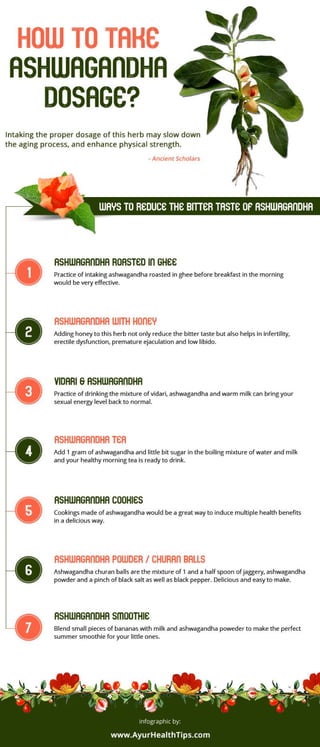

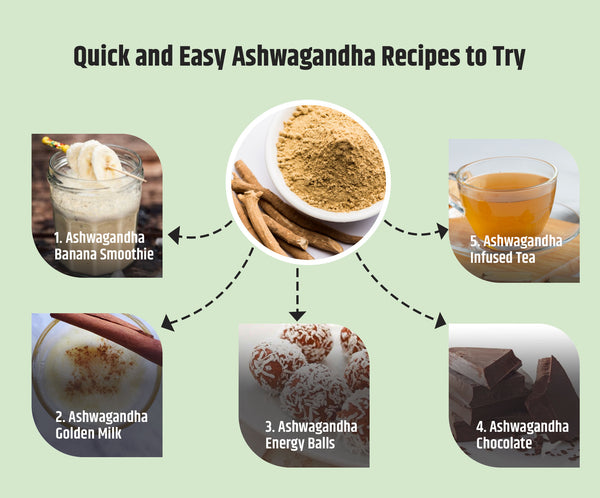
:max_bytes(150000):strip_icc()/ashwagandha_v2-79ac47d89d654714b9bd8aebaa5f57fb.png)




